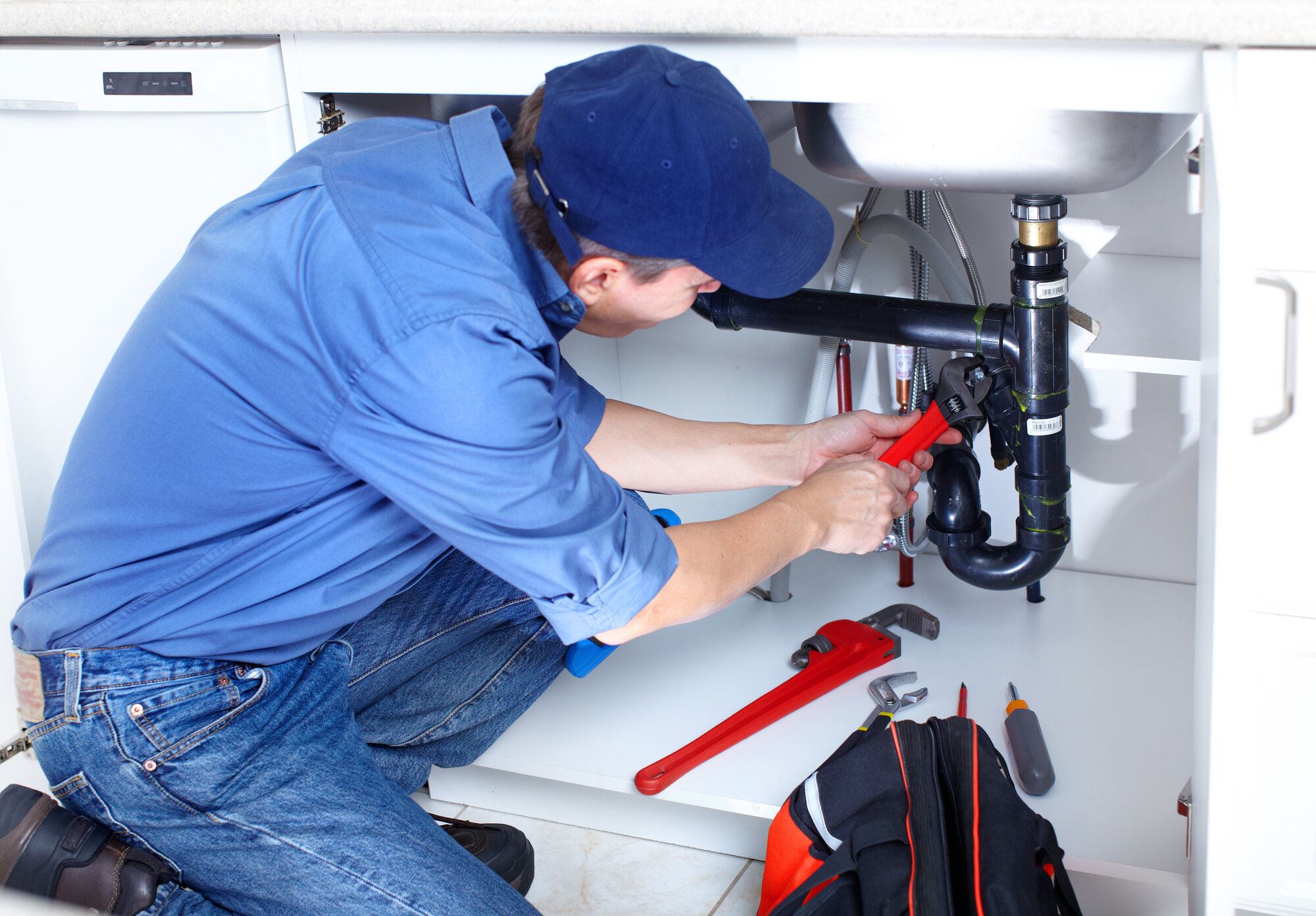Quick and Effective Drain Cleaning Alabaster AL Services Available
Quick and Effective Drain Cleaning Alabaster AL Services Available
Blog Article
A Step-by-Step Guide to Reliable Water Heating System Installment for Ideal Efficiency
Getting started on the job of mounting a water heating system is an endeavor that requires accuracy and a systematic technique for attaining optimum performance. As you proceed, the details of connecting water supply lines and establishing up reliable electrical or gas links wait for, promising understandings right into ensuring effectiveness and integrity.
Picking the Right Water Heating Unit

Next, think about the dimension and capacity of the hot water heater. It's essential to evaluate your family's warm water needs, which can differ based upon the number of owners and their usage patterns. A system that's too little might lead to inadequate warm water, while an oversized design might cause unnecessary energy consumption.
Performance ratings likewise play an essential function in option. Seek hot water heater with high Energy Factor (EF) ratings, indicating exceptional performance and decreased energy usage. Tankless models, though generally much more costly in advance, offer substantial energy savings over time due to their on-demand home heating capacities.
Preparing the Installment Location
Before mounting a new water heating system, precise prep work of the setup location is necessary. It's essential to gauge the area carefully to fit the water heating system's dimensions, making certain sufficient clearance around the device for efficient procedure and servicing.
Next, eliminate any kind of particles, dust, or obstructions from the website to develop a clean environment. Inspect the flooring for security, as the water heater will require a strong, degree surface area to operate efficiently. If needed, mount a drip frying pan beneath the system to catch prospective leakages or spills, protecting against water damage to the surrounding area. In regions susceptible to seismic activity, think about mounting seismic bands to safeguard the heating system strongly in position.
Additionally, ensure that all required tools and materials are on hand before commencing the installation. This consists of things such as wrenches, screwdrivers, a degree, and any kind of added equipment needed for protecting the heating unit and mounting. A well-prepared installation area establishes the structure for an effective water heating unit setup, optimizing performance and safety and security.
Connecting Supply Of Water Lines
When attaching water system lines to your recently installed water heating system, it is essential to make certain that all links are leak-free and protected to maintain reliable procedure and avoid water damages. Begin by determining the warm and chilly water supply lines. The cool water inlet is commonly noted with a blue label or a "C", while the warm go to the website water outlet is marked with a red tag or an "H".
Use adaptable water heating unit connectors to promote an easier setup process. These adapters can absorb resonance and enable mild motion, reducing the threat of leaks. Prior to affixing the ports, position a plumber's tape around the threaded ends of the hot water heater's inlet and electrical outlet pipes - Plumbing Alabaster AL. This tape works as a sealant, protecting against leaks. Very carefully attach the flexible pipes to the respective inlet and outlet, guaranteeing that they are not over-tightened but tight, which can harm the threads.
Once connections remain in area, gradually activate the main supply of water valve. Check each link for leakages by visually examining and feeling for wetness. Tighten connections as needed, and make certain the stress alleviation shutoff is correctly installed, protecting against excessive pressure build-up.
Setting Up Electrical or Gas Connections
Appropriately setting up the electric or gas links for your water heater is a crucial action to make sure safe and reliable procedure. For electric water heating systems, start by verifying that the electric circuit is compatible with the heating system's voltage and amperage demands.
For gas water heating systems, safety is vital. Attach the gas line to the water heating unit making use of a flexible gas port, guaranteeing it is properly threaded wikipedia reference and sealed with pipeline joint substance or Teflon tape suitable for gas connections.
When links are made, examine for any type of possible leaks. For gas lines, apply a soapy water option to the joints; bubbles show a leak. For electrical connections, ascertain that all wiring is protected and appropriately shielded, maintaining compliance with regional electric codes.
Examining and Adjusting for Performance
With the electrical and gas connections safely in location, the following action is examining the functional effectiveness of your water heating unit. Begin by thoroughly turning on the water supply and guaranteeing there are no leaks at her response any of the joints or valves.
Following, execute a thorough inspection to ensure the heating elements or burner are working properly. For electric heaters, make use of a multimeter to confirm if the aspects are attracting the appropriate current. In gas versions, observe the burner fire; it should be constant and blue, showing reliable combustion.
Change the settings as required to remove inadequacies. Take into consideration carrying out insulation measures, such as including a hot water heater blanket, to better improve performance by lessening heat loss. In addition, inspect the anode pole's problem, as a worn-out rod can lower efficiency and bring about tank deterioration.
Conclusion
Reliable water heating system installation is essential for making sure optimum efficiency and power financial savings. Securely connecting water supply lines and thoroughly setting up electrical or gas connections lessen prospective concerns.

Appropriately establishing up the electric or gas connections for your water heater is a vital action to ensure safe and effective procedure. For electrical water heating systems, start by verifying that the electrical circuit is compatible with the heater's voltage and amperage demands. Link the gas line to the water heating unit utilizing a versatile gas adapter, guaranteeing it is effectively threaded and secured with pipeline joint substance or Teflon tape ideal for gas links.
Report this page